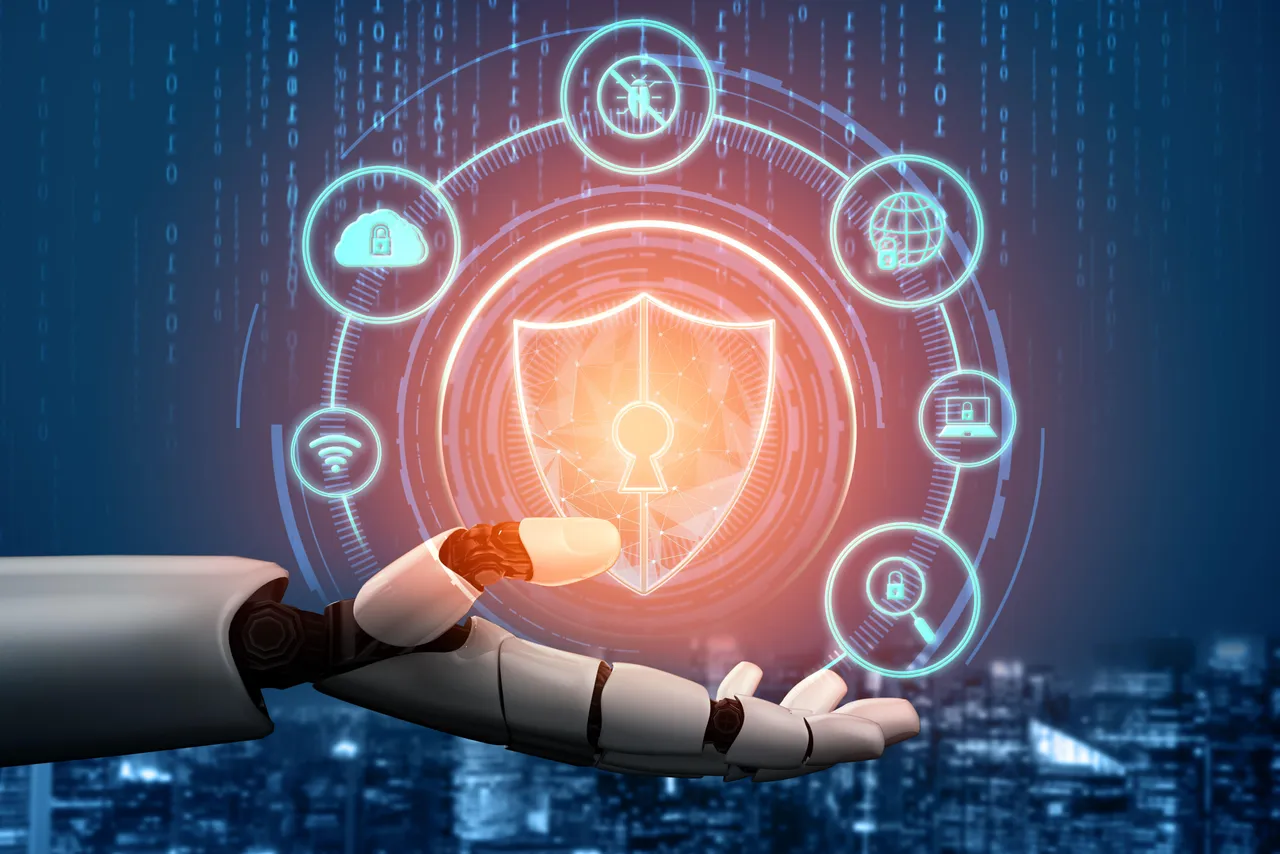
Ahead of diving into the story of Staqu, it’s good to understand the latest news around Ai-powered security startups – especially in India.
India’s massive population, rapid urbanization, and complex law enforcement challenges mean that the physical security market is growing rapidly. Simply installing more CCTVs is not enough – real impact comes when you combine all of that video data with AI for real-time analysis, facial recognition, license plate tracking, and automated incident alerts.
This is where startups like Staqu stand out – they don’t simply provide hardware, but create smart platforms that integrate vision, audio, and big data analysis to help cities and organizations manage security more effectively.

Founded in 2015, Staqu is a standout example of a startup putting practical AI to work in the real world. Their name was built around JARVIS – an acronym for “Just A Rather Very Intelligent System” – an AI platform that helps cities and organizations get far more value out of their existing CCTV systems.
The idea is simple but powerful. Instead of stationing more security guards or asking sleep-deprived people to stare at screens all day, Staqu’s system executes such watching and listening for them. Their AI scans live video feeds for faces, vehicles, or unusual behavior, pairing them with audio analysis that can detect sounds of violence or distress in noisy environments. All of this data flows into an easy-to-use Command Center, where officers or staff can respond in real time.
From this innovation, cities are able to execute faster interventions, have fewer false alarms, and develop a profound structure to manage security challenges at a scale of millions of people.
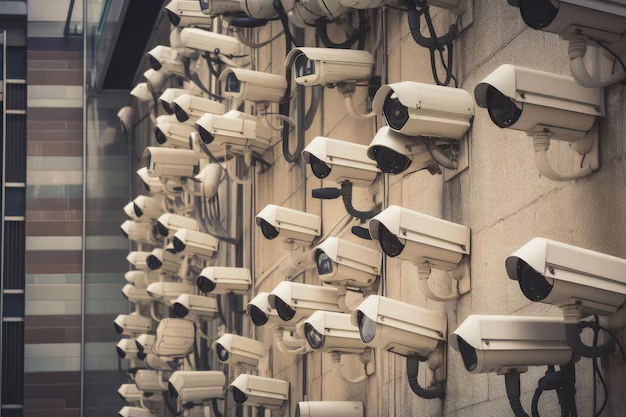
If you think about it, installing more cameras cannot guarantee better security – it only means more raw footage is piling up. Police departments or mall operators rarely have enough people to consistently monitor them all, to which they often rely on checking the recordings after something has gone wrong.
This is exactly the problem Staqu set out to fix. They saw that legacy CCTV systems were passive, slow, and mostly reactive. By layering AI onto the hardware that cities already operate, the model is flipped. Instead of digging through hours of clips after the fact, officers get an alert at the exact moment a match is found or a suspicious sound is detected. That makes the difference between apprehending a suspect on the spot or chasing after them days later.
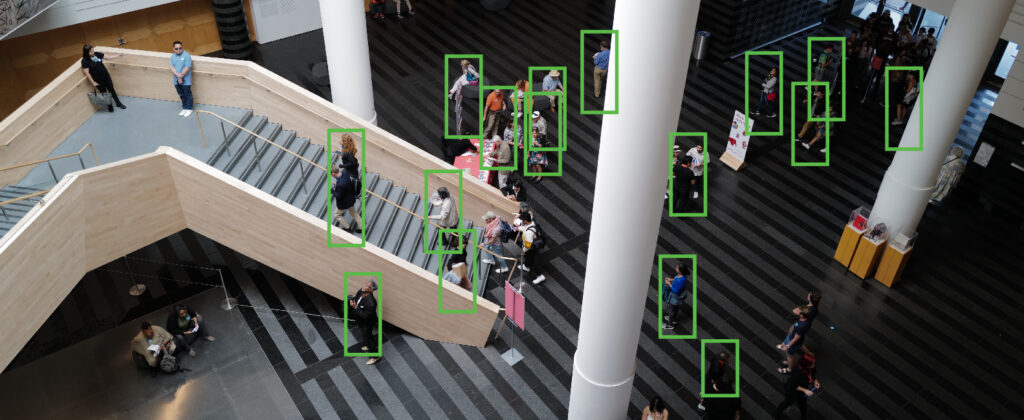
What actually goes on behind the scenes? At the core of Staqu’s solution is computer vision that can handle facial recognition, vehicle tracking, and crowd movement all at once. This means a single street camera can identify a missing person, flag a stolen car, or spot an overcrowding risk at a festival.
Then comes VioTrack – the audio layer. It picks up aggressive shouting, fights, or other sound cues that may not be visible on screen. Combined, the system adds an extra layer of sense to a city’s security toolkit.
The best part is that Staqu’s tech doesn’t ask cities to rip out what they have. It integrates with existing CCTV networks, making adoption a lot more feasible for budget-stretched governments or private operators.
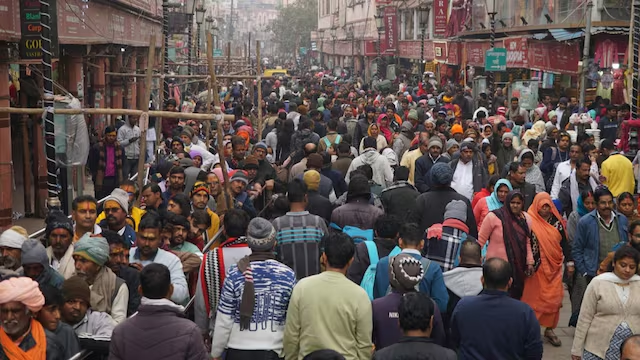
One look at Uttar Pradesh, India’s largest state, shows how this works on the ground. Local police use Staqu’s JARVIS to automatically check faces against criminal databases through regular street cameras. During massive public events, their crowd analysis tools help predict bottlenecks and prevent stampedes.
It’s not only public safety – shopping centers, airports, and big venues are starting to roll out the system to handle theft, parking lot incidents, or emergency situations where the matter of seconds makes a significant difference.

One of Staqu’s smartest moves is how they lowered the barrier for cities and businesses to upgrade their infrastructure. The AI runs on top of what’s already there, and instead of a big upfront bill for new hardware, customers pay a subscription fee that scales with usage.
Plus, the system does the heavy lifting automatically. Instead of a huge control room full of people, the AI filters out the noise while determining what’s important – giving teams more time to act and fewer things to miss.
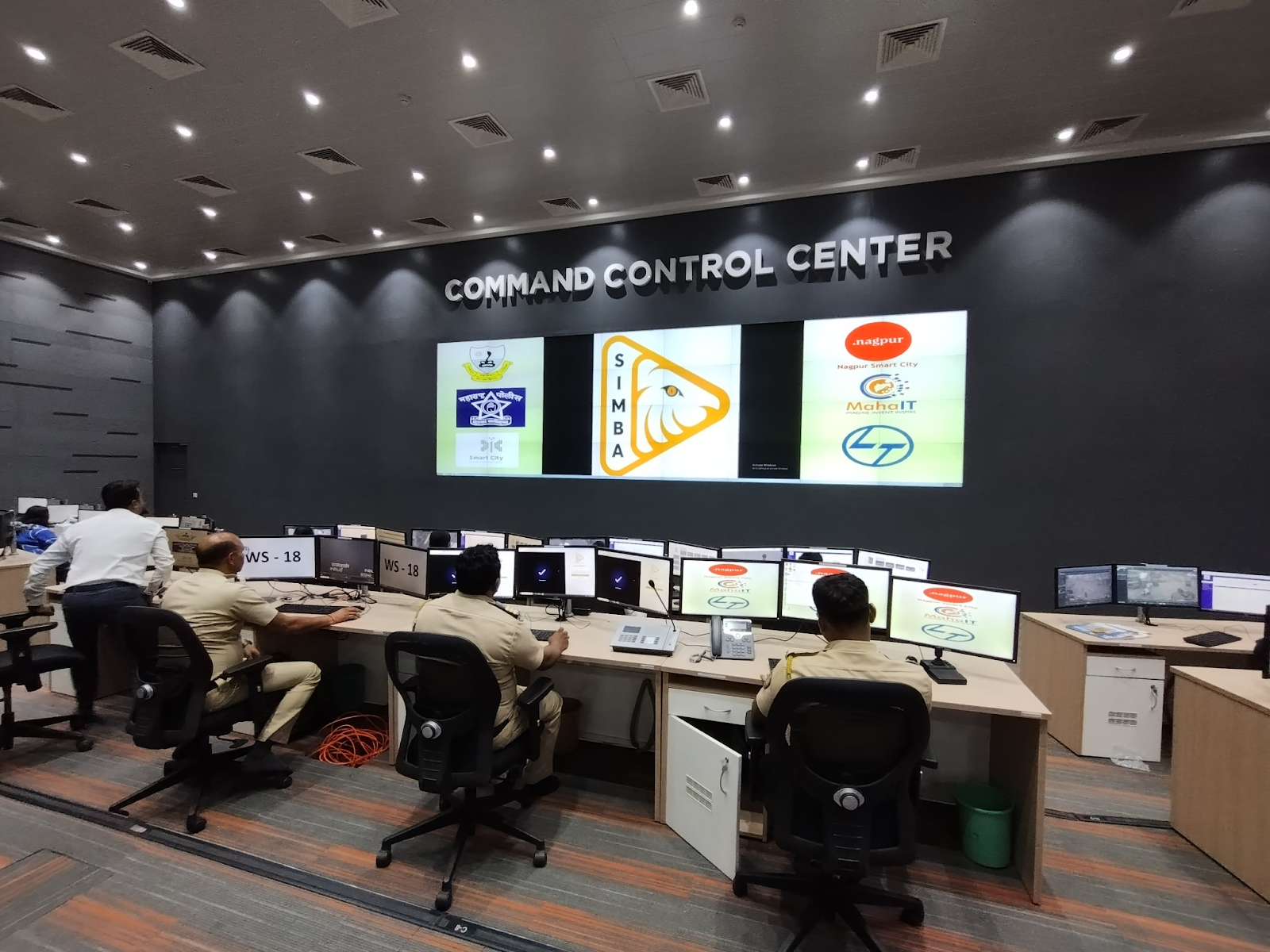
So far, Staqu is partnered with police departments in more than 10 Indian states. They’ve got their eyes on expanding across Southeast Asia and the Middle East, in which several cities face the same challenges of big crowds, patchy infrastructure, and limited budgets for modern security.
Tracxn reports that Staqu is preparing for its next round of funding to keep building out its technology stack and partner network. They are also considering new sectors – stadiums, event organizers, transportation hubs, and so on – that can benefit from the same core system
Their business is a good reminder that technology does not have to be flashy for it to be transformative. They didn’t invent something entirely new – they figured out how to make existing systems smarter and easier to use.

Lessons – How to Build a Startup that Solves Real Problems
1. Identify a Pressing, Data-Heavy Problem
Start by looking for issues where tons of raw data exist but aren’t used well. Staqu saw that CCTV footage was being wasted, and built a solution that turned into insights.
2. Design Plug-and-Play Technology
Make sure your solution works with what people already have. JARVIS doesn’t need new cameras – it connects to whatever the client has and adds value instantly.
3. Partner Strategically, Stay Flexible
Don’t limit yourself to a single revenue. Work with local authorities and community leaders to build trust and scale impact, while consistently aiming for expansion.
Staqu also shows how you can build trust by working closely with locals and understanding the practical constraints they face, fitting solutions into society as is. Although their main client is law enforcement, Staqu stays flexible by being open to adapting their system for other markets where safety and real-time monitoring is crucial.
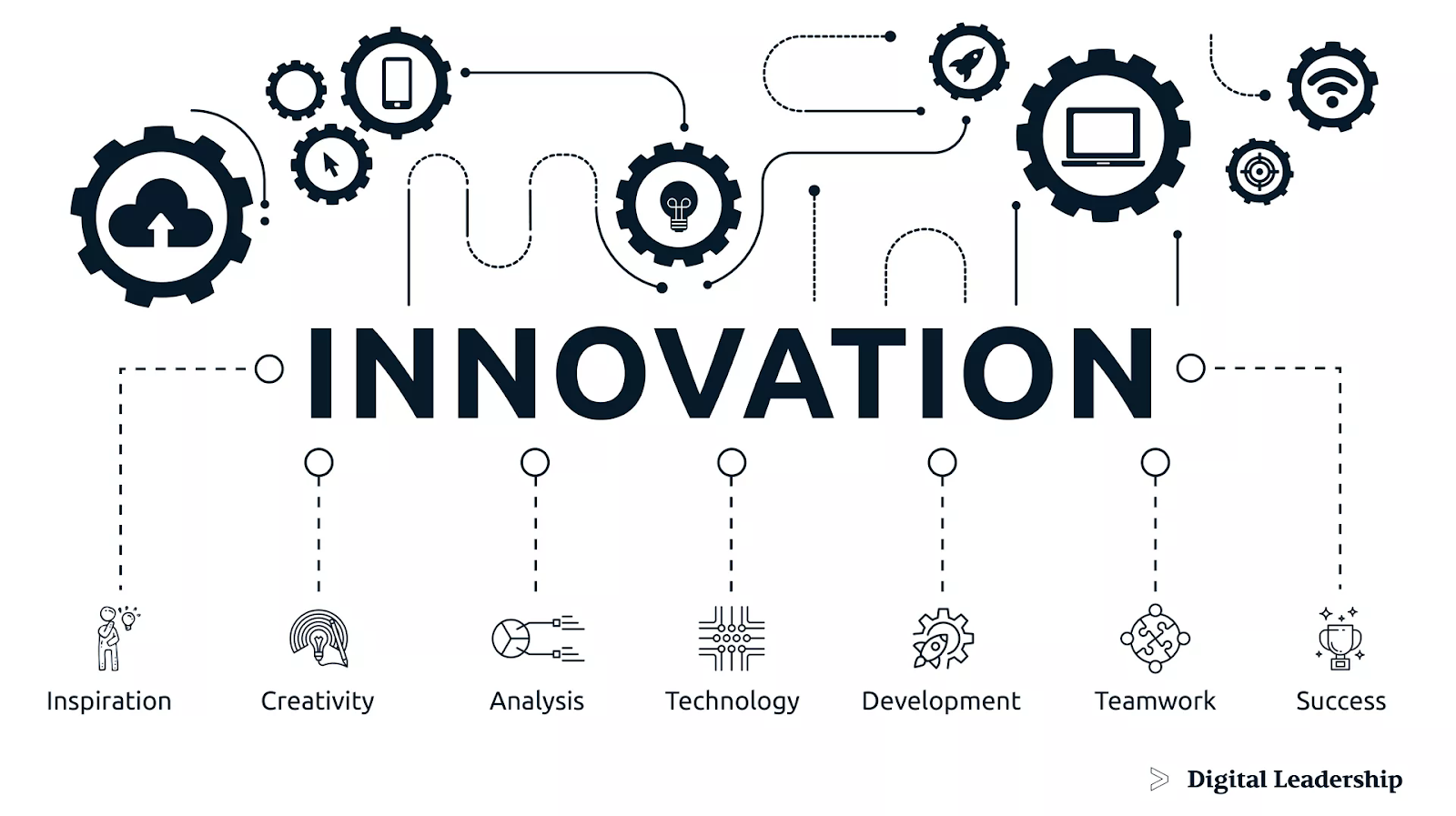
When you picture how crowded cities will get in the next decade, it’s clear that we cannot rely on human monitoring alone. Tools like JARVIS show how AI can take the strain off human labor while providing overwatch to ensure safety in cities.
Staqu shows us that existing CCTV footage can become an active, intelligent safety net – if you teach it how to watch and listen.
For you ambitious potential founders – start with a real problem, make the solution fit your audience’s realities, and don’t be afraid to reimagine pre-existing solutions. Sometimes real impact is about innovating something we already have, into a better version of itself.
0 Comments